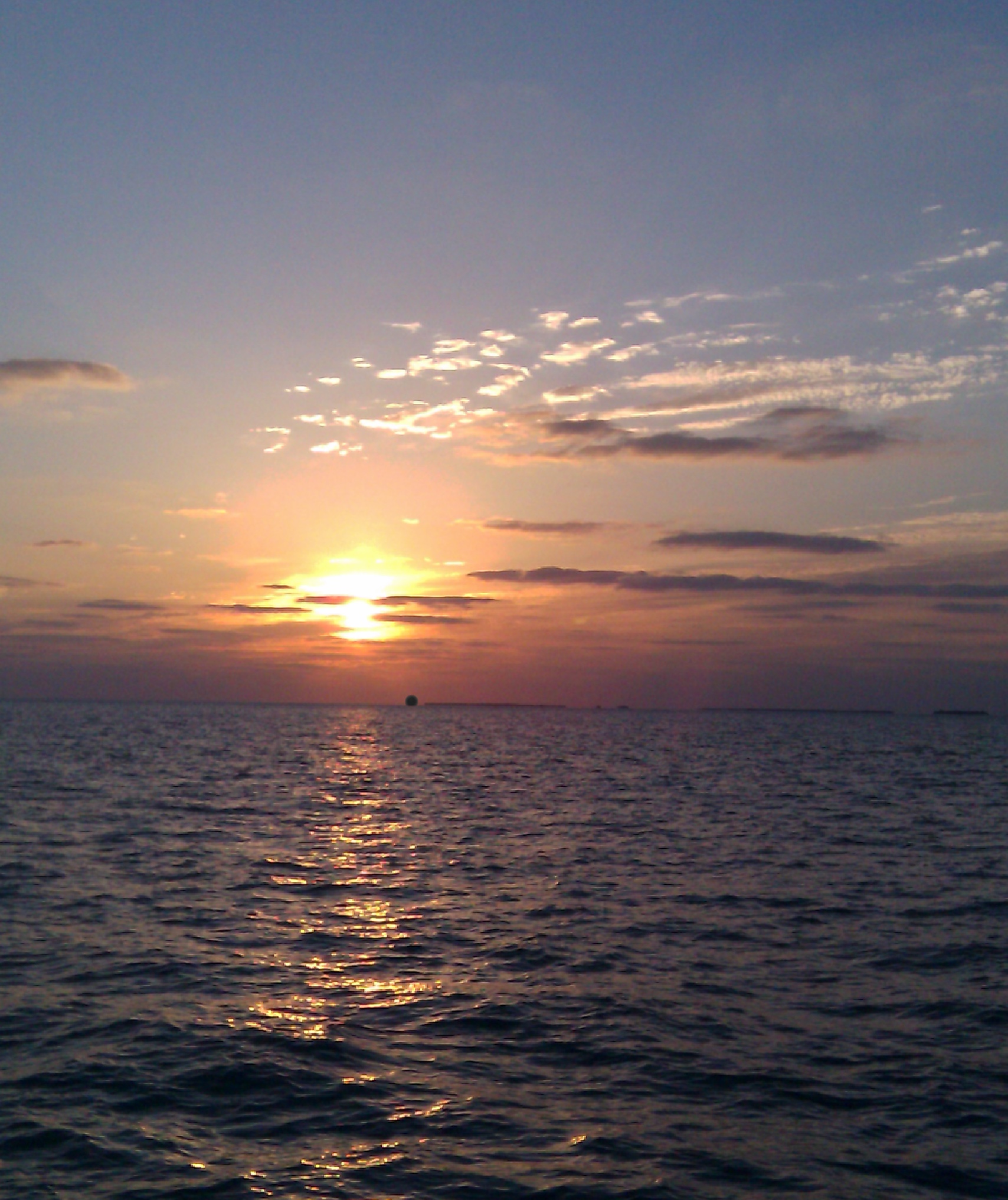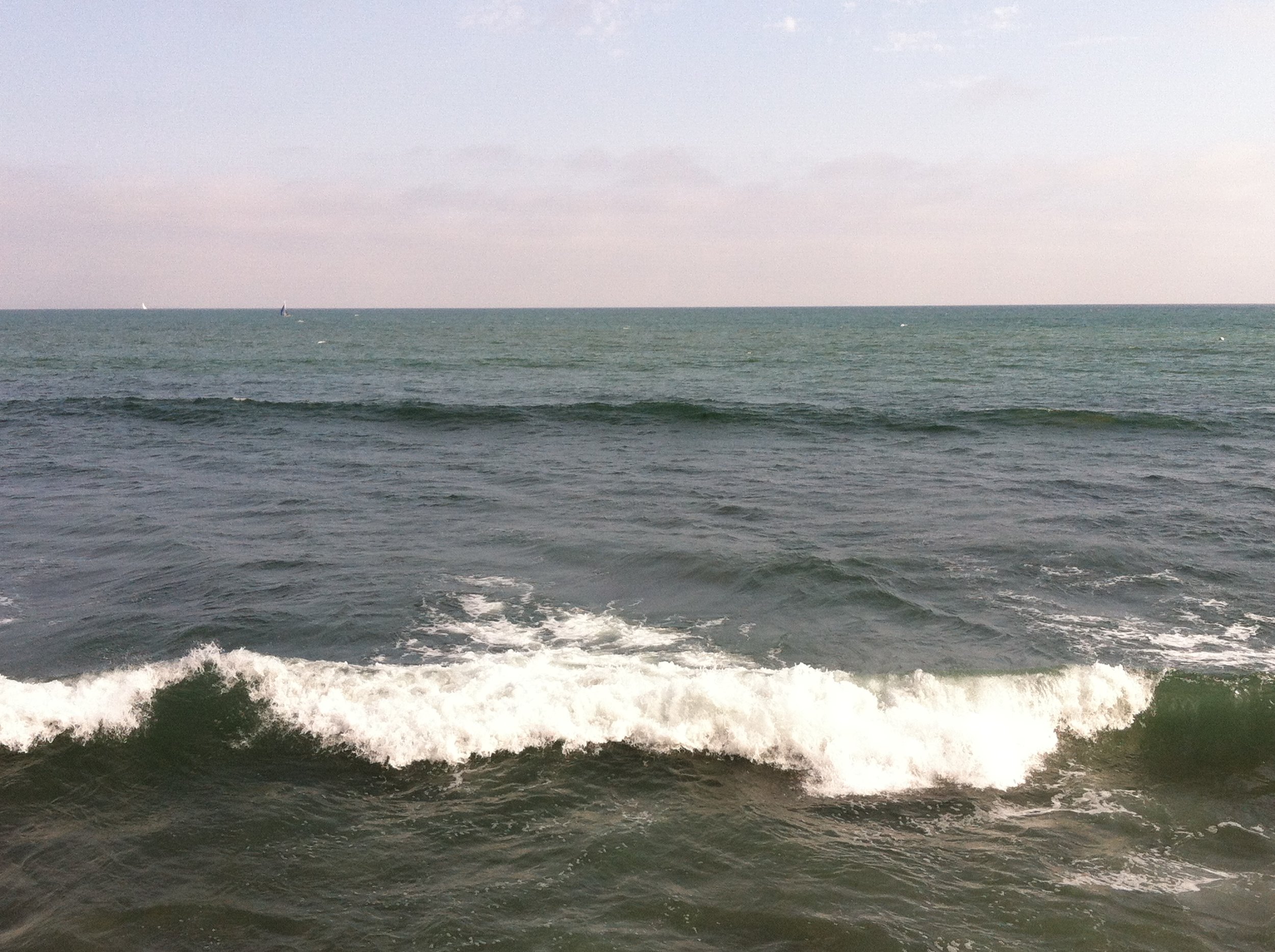Collingwood's Massacre
Follow us on:
(Teach Your Kid at Home - our new series)
In 1781 a slave ship, named the Zong (based out of Liverpool, England), was on a horrible trip to get human beings—to sell them in Jamaica. The ship made it to Africa, along the coast of present-day Ghana, and then to Sao Tome (or St. Thomas, an island near present day Gabon and Equatorial Guinea). Luke Collingwood was the captain of the ship and he decided to go with a “tight” packing method.
He loaded the ship with over four hundred and forty men, women and children…although this was well above the capacity for the ship. On September 6, 1781 they left Sao Tome and headed out on the two-and-a-half to three-month trip to Jamaica.
By the time the ship got near to Jamaica, the captain mistook Hispaniola for Jamaica and decided to get the ship headed in the right direction. This was November 27, 1781 and the ship had already been at sea for almost three months, since its departure from the coast of Africa. The men, women and children who were crammed into the ship, in chains, were sick and frail…and almost 60 of them had already died.
On November 29th Captain Collingwood called together the crew. He explained to them that if the human beings on board (the cargo) died from natural causes such as diseases, the insurers would not compensate the owners of the ship for their loss, but if they died out of a necessity to save the ship and the rest of the cargo, then the insurers would pay for the loss of goods.
The captain contended that they did not have enough water to sustain the crew and the men, women and children who were chained onboard and that, therefore, they needed to throw many of them overboard in order to save the crew and the ship.
At first one of the mates in the crew objected, but the captain's word prevailed. Collingwood instructed the crew to take groups of men, women and children up from the bowels of the ship. The crew then took turns chaining the men, women and children and throwing them overboard.
On the first day, 54 people drowned after being thrown overboard. The next day, another 42 people were brought on deck and the crew, again, took turns chaining them and throwing them overboard.
Finally, on the third day, another 36 people were brought on deck. The men, women and children were sick and near death. They were not able to fight off their killers, but ten of them fought and were not chained—they jumped into the water themselves. So, on that day, 26 were chained and thrown into the sea and 10 jumped in, rather than be chained by their murderers.
By December 22, 1781, the ship had made it to Jamaica.
The case strikes me because of the utter disregard for human life and because of the way the court proceedings played out once the Zong got back to England.
The owners of the ship filed a claim with their insurers to recover their financial loss for the 132 people who were thrown overboard. The insurers refused to pay and several court cases and/or proceedings took place.
The Solicitor-General, who was acting on behalf of the owners, argued that the men, women and children were goods and that this was a matter of insurance.
“What is all this vast declamation of human people being thrown overboard? This is a case of chattels or goods.
…it is the case of throwing over goods; for to this purpose, and the purpose of the insurance, they are goods and property…”
The question of their humanity, and of murder, never truly entered into the legal questions decided upon during the proceedings (although they were alluded to--no charges were ever brought against anybody involved).
Lord Mansfield (who presided over the application for, and the actual, second trial) said, in reference to the first trial,
“The matter left to the jury, was, whether it was from necessity; for they had no doubt (though it shocks one very much) that the case of slaves was the same as if horses had been thrown overboard.”
He further stated,
“…if the slaves die a natural death, the underwriters do not pay for them, but, in an engagement, if they are attacked and the slaves are killed, they will be paid for as much as for damages done to goods; and it is frequently done: just as if horses were killed. They are paid for in the gross, as well as for horses killed; but you don’t pay for horses that die a natural death.”
- From minutes taken in court on May 21, 1783.
(Teach Your Kid at Home - our new series)
Copyright, Red and Black Ink, LLC. 2016.
References:
Hoare, Prince, 1755-1834. Memoirs of Granville Sharp, esq. (London: Printed for Henry Colburn and Co., 1820), pgs. (236 - 241) 237, 241 and Appendix VIII.
See also: National Archives, United Kingdom. British transatlantic slave trade records: “Case of the Zong massacre (1781)."

